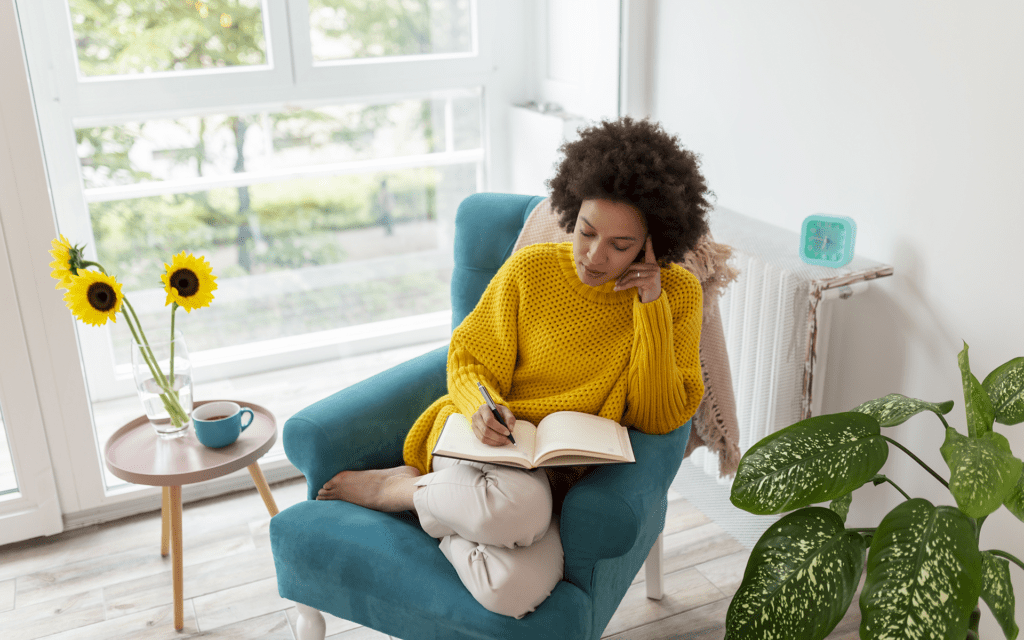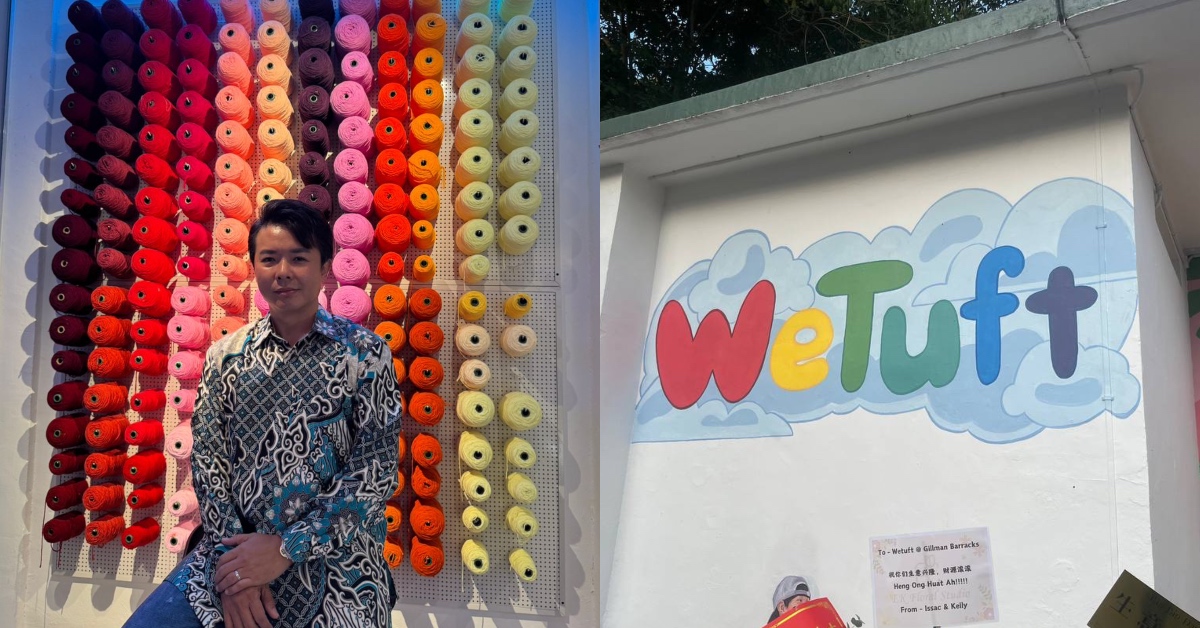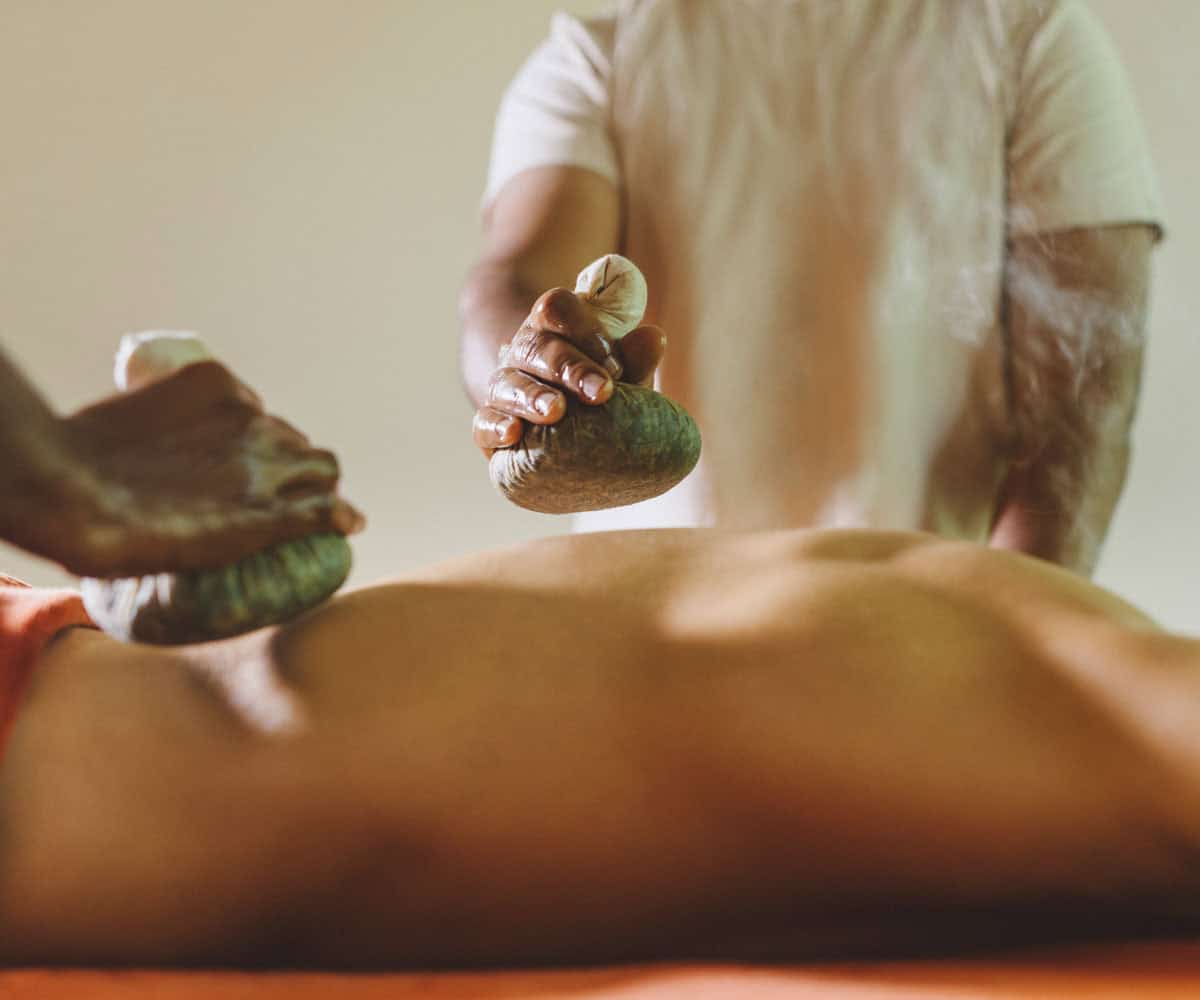Hippie Yoga: Your Pathway to Inner Peace and Tranquility
The post Hippie Yoga: Your Pathway to Inner Peace and Tranquility appeared first on The Yoga Nomads.

Back in the day, I stumbled upon a session unlike any other: a place to grow, move with the flow, and focus on breath. The session was fresh air, blending traditional and free-spirited philosophy to promote flow, growth, and movement.
This wasn’t just about the flexibility to move; it was about finding peace in nature, nurturing your individuality, and letting your inner child flow with each breath. The mind, body, and spirit embark on a journey of self-discovery through the lens of freedom, allowing energy to flow and move freely.
It’s not just another class; it’s an exploration of what makes our move unique yet interconnected with everything around us. So, if you want to move beyond just a workout from your routine, it might be your ticket to an enlightening experience.
Tracing the Origins
Along with its unique style and roots in the 1960s counterculture movements and Eastern philosophies, it has evolved from traditional class and forms to a more relaxed approach. The impact of music festivals and communal living significantly contributed to its development in the class.
Yoga Roots in Counterculture Movements
The birth of this type of yoga is traced back to the Rebellious ’60s. It was a time when folks in the class were shaking things up, questioning norms, and seeking new ways of being. Young people started turning their gaze eastward for inspiration during this class era.
They discovered ancient techniques like yoga. They found wisdom in Eastern philosophies.Influence from Eastern Philosophies
Eastern philosophies played a massive part in shaping the structure. Concepts like mindfulness and unity with nature resonated deeply with the free-spirited hippies.
These ideas were woven into their daily routine. This gave rise to a unique form of yoga that celebrated freedom and individuality.Impact of Music Festivals and Communal Living
Music festivals provided the perfect backdrop for communal gatherings where everyone could let loose together:
Yoga class sessions became familiar sights at these festivals. Everyone would join in – it was all about community spirit!Communal living also played a part in shaping hippie yoga. Living together in harmony, sharing experiences, and practicing yoga as a community cemented the practice’s core ethos.
Unique Yoga Techniques Explored
Yoga is a unique blend of traditional asanas, psychedelic music-infused meditation, self-expression through movement, and an emphasis on connecting with nature. Let’s dive into these unconventional techniques that make this form of yoga so particular.
Non-Traditional Asanas in Sessions
In this one, you won’t be sticking to the usual sun salutations. Instead, you’ll find yourself exploring non-traditional asanas that challenge your body in new ways. It’s like taking the scenic route instead of the highway – a bit more challenging but rewarding!
For instance, instead of the standard Warrior pose, try “Cosmic Dancer,” a balance-focused asana that encourages free movement. Or maybe you’ll experiment with “Moon Salutations,” a series of steps designed to tap into your feminine energy.Psychedelic Music and Meditation
Incorporating psychedelic music isn’t just for fun – it’s about going deeper. This isn’t your grandma’s meditation playlist! The trippy tunes are meant to guide your mind on a journey inward.
Imagine closing your eyes while listening to Pink Floyd or The Grateful Dead and letting their music guide your meditation. Relax your mind and body during the session. Studies have shown that music can enhance meditation by helping focus the mind and create emotional resonance.Self-Expression Through Movement
It’s all about letting loose. You’re encouraged to express yourself through movement and flow rather than rigidly following set patterns. It’s like dancing without worrying about steps – go with the rhythm!
Bohemian yoga is a more relaxed and free-spirited approach to this ancient methodology. It often incorporates meditation, mindfulness, and a deep connection with nature. The classes are designed to be inclusive and welcoming, making them suitable for individuals of all ages, backgrounds, and fitness levels.
You might start with structured asanas but eventually transition into spontaneous movements. This approach can help release pent-up emotions and foster creativity.It’s all about freedom, peace, and connection. Let’s dive into some of its most iconic poses.
Sunflower Salutation: Embrace the Sunshine
First up, we have the ‘Sunflower Salutation’. This asana is inspired by nature itself. It’s like greeting the morning sun with open arms.
Stand straight. Stretch your arms above your head. Bend at your waist and touch the ground. Rise again to complete one cycle.You’re moving like a sunflower following the sun across the sky. It’s a great way to start any yoga class.
Peaceful Warrior: Find Your Inner Strength
Next on our list is the ‘Peaceful Warrior’ pose. This pose helps you tap into inner strength while promoting tranquility.
Stand in a lunge position. Raise your arms above your head. Lean back slightly.It’s called “Warrior” for a reason. You’ll feel strong yet peaceful, just like a warrior who fights not out of anger but love. These tips are often shared in a professional yoga class setting.
Tree Hugger: Get Grounded
The ‘Tree Hugger’ pose encourages grounding and connection to Earth. The name says it all; you’re hugging an imaginary tree!
Stand tall and lift one leg off the ground. Place it against your standing leg. Extend your arms as if embracing a tree.Feel that? That’s you becoming one with Mother Nature!
Moon Child: Relax and Reflect
Last but not least, we have the ‘Moon Child’ pose. This pose emphasizes relaxation and introspection – perfect for winding down after an intense session.
-Lie flat on your back. -Pull your knees towards your chest gently -Hold onto your feet or ankles -Rock side to side if comfortable
Choosing Your Yoga Journey
This is a unique blend of spiritual and physical practices. Finding the right path in this journey requires careful consideration.
Picking the Right Instructor or Class
Choosing an instructor or class isn’t as simple as picking apples from a tree. It’s more like finding your favorite song in a playlist of hits. It would be best if you considered several factors:
Teaching style: Is it laid-back or intense? Some folks dig the chill vibe; others crave an adrenaline rush. Experience: How long have they been teaching? Experience can be a great teacher. Reviews: What are other students saying? Word-of-mouth can be pretty reliable.Aligning Personal Values with Practice
Even though it might be thought of that way, it isn’t just about striking poses on a mat. It’s about aligning your values with those that you do daily. It’s like trying to tune into your favorite radio station – you have to find the right frequency that resonates with you.
Consider what values are important to you:
Peace and love Environmental consciousness Community involvement Spiritual growthThen, see if these jive with what your chosen values promote.
Exploring Different Styles within
Just like there are different genres in music, there are also different styles within this type of yoga. Each has its unique rhythm and flow.
Here are a few styles to explore:
Hatha: A gentle style focusing on basic postures. Vinyasa: A dynamic practice linking breath and movement. Kundalini: This style combines spiritual practices with physical exercises.Experiment with these styles to see which one gets your groove going!
Reflecting on the whole Experience
Personal Growth Through Regular Practice
It’s not just about twisting yourself into a pretzel. It’s a journey, dude. Every time you roll out your mat for a yoga class, it’s like stepping onto a magic carpet ride of self-discovery.
You start slow, learning to connect with your breath. As you progress through different levels, you discover strengths and limitations you never knew existed.
If you are looking for a Yoga mat, then Gaiam Essentials Thick Yoga Mat could be a good choice for you.

Gaiam Essentials Thick Yoga Mat Fitness & Exercise Mat with Easy-Cinch Carrier Strap, Purple, 72"L X...
FAQs
What exactly is Hippie Yoga?
Its a form of yoga that emphasizes self-exploration, freedom of expression, and connection with nature over strict adherence to traditional poses and techniques.
Is Hippie Yoga suitable for beginners?
Absolutely! It is beginner-friendly, encouraging individual exploration rather than rigidly sticking to specific poses or sequences.
Do I need any special equipment for Hippie Yoga?
No special equipment is needed for practicing this type of yoga. Just find a comfortable space where you feel relaxed and at peace.
How does Hippie Yoga benefit mental health?
Promotes mindfulness, stress reduction, emotional balance, and overall mental well-being by encouraging practitioners to connect deeply with themselves and their surroundings.

 Koichiko
Koichiko 





































